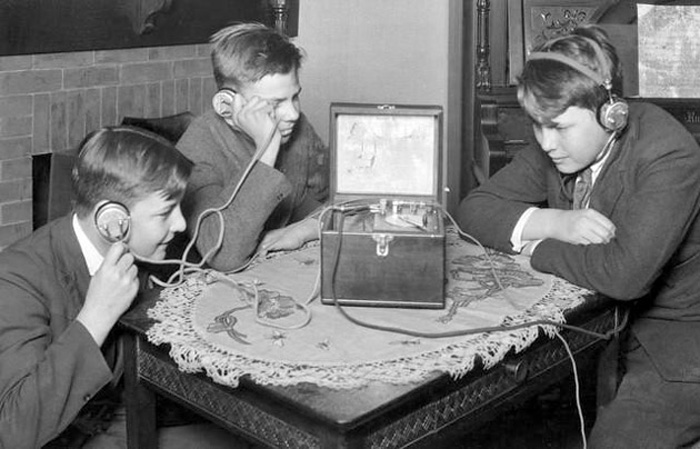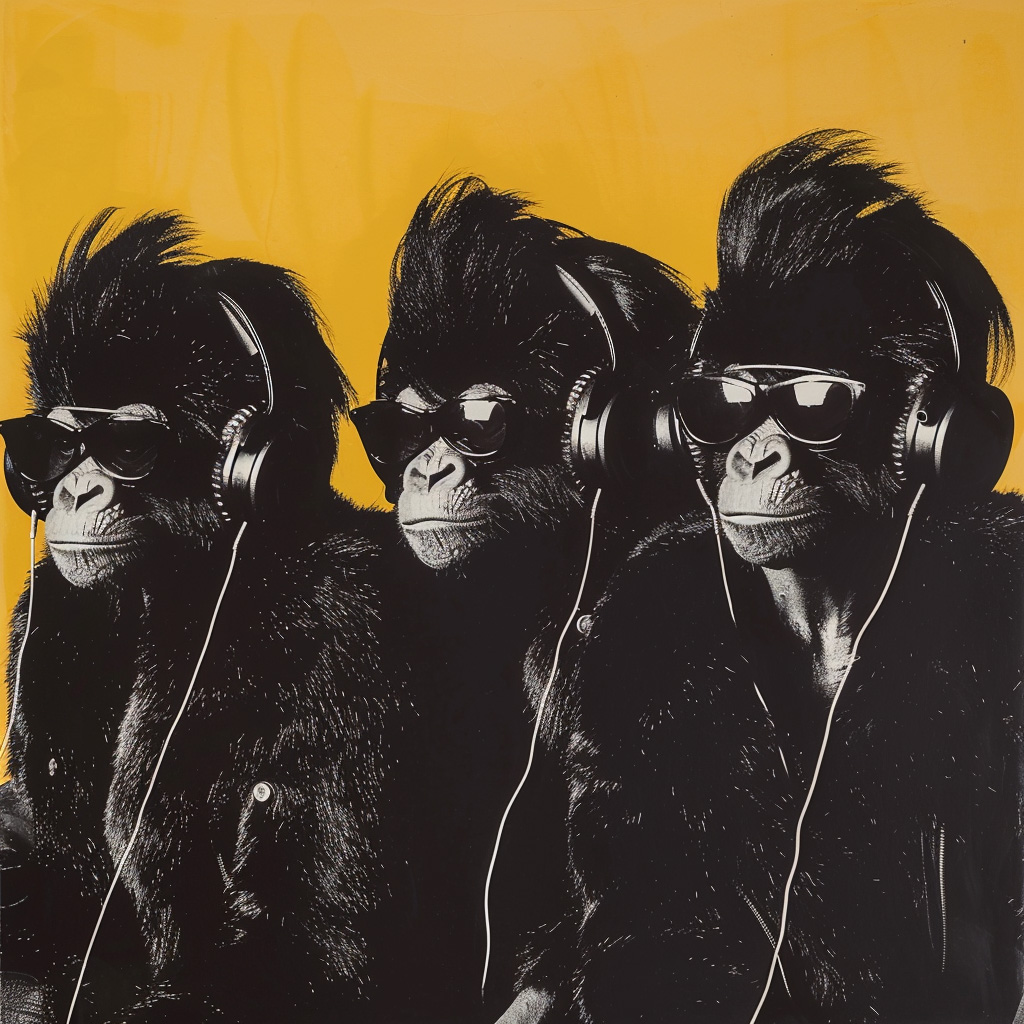Sometimes a simple model helps get the point across best. In a recent article for The Chronicle of Higher Education, Dr. Jeffrey Kripal, professor of religious studies at Rice University, brings us back to the ‘radio wave’ analogy for the mind, citing a thought experiment from David Eagleman, Baylor School of Medicine. Eagleman asks us to imagine that we are “a Kalahari Bushman and that you stumble upon a transistor radio in the sand,” what would our experience be with a box that we have no way of understanding? Kripal continues:
“Assuming that you are truly isolated, what you do not know is pretty much everything that you need to know: radio waves, electromagnetism, distant cities, radio stations, and modern civilization—everything outside the radio box. You would not have the capacity to even imagine such things. And if you could, Eagleman says, “you have no technology to demonstrate the existence of the waves, and everyone justifiably points out that the onus is on you to convince them.” You could convince almost no one, and you yourself would probably reject the existence of such mysterious, spiritlike waves. You would become a “radio materialist.” Eagleman points out at the end of his book: “I’m not asserting that the brain is like a radio, but I am pointing out that it could be true. There is nothing in our current science that rules this out.”
William James, Henri Bergson, and Aldous Huxley all argued the same long before Eagleman. Bergson even used the same radio analogy. This is where the historian of religions—this one, anyway—steps in. There are, after all, countless other clues in the history of religions that rule the radio theory in, and that suggest, though hardly prove, that the human brain may function as a super-evolved neurological radio or television and, in rare but revealing moments when the channel suddenly “switches,” as an imperfect receiver of some transhuman signal that simply does not play by the rules as we know them.
Although it relies on an imperfect technological metaphor, the beauty of the radio or transmission model is that it is symmetrical, intellectually generous, and—above all—capable of demonstrating what we actually see in the historical data, when we really look. It is symmetrical and generous in the sense that it affirms everything we have been doing for the past century or so in the humanities and the sciences (all that Aristotelian stuff about the body and the brain), and it puts back on the table much of the evidence that we have taken off as impossible or nonexistent (all that Platonic stuff about the human spirit). In this same generous, symmetrical spirit, it is not that materialism is wrong. It is that it is half-right.”
The invention of the telegraph and telephone paralleled some of the early psychical research experiments, and lead to terms such as telepathy becoming common in describing the seeming ability of the mind to receive information outside of the perceived limitations of the physical senses. These areas continued to develop together, with research in the 1950’s and 1960’s exploring the interaction of electro-magnetism on consciousness. With the current rise in interest surrounding the idea of information theory as a basis for consciousness, returning to these early models and revisiting them in contemporary terms my allow for greater insights into these questions.
Click Here to read more in Kripals essay – Visions of the Impossible: How ‘fantastic’ stories unlock the nature of consciousness















